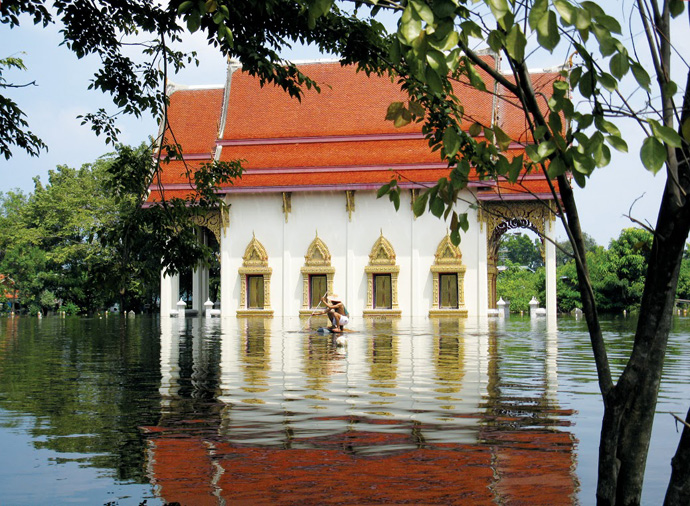
You’ll often hear reports from aid organizations and news media about the risk for diseases after disasters, such as earthquakes and floods. But those outbreaks aren’t inevitable. In fact, a decade or more of research shows epidemics aren’t as common after natural disasters as you might think. In 2006, a team of French researchers analyzed reports about more than 600 earthquakes, volcanic eruptions, tsunamis, and other recorded disasters that hit humanity all around the globe between 1985 and 2004. They found few recorded disease outbreaks following such disasters.
Still, some conditions make certain populations—especially people in developing nations—more vulnerable to disease outbreaks after a natural disaster, as World Health Organization researchers outlined in an article published in the journal Emerging Infectious Diseases in 2007. Focusing on fixing these conditions will make the biggest difference:
NOT HAVING ACCESS TO FRESH WATER AND A CLEAN LATRINE SYSTEM
If a disaster disrupts an area’s sewage system, it raises the likelihood that people’s drinking water will be contaminated with fecal matter, which can cause outbreaks of diarrhea, cholera, Hepatitis A, and Hepatitis E. Making sure people have clean water can be a major disease-preventer after a disaster.
HAVING TO STAY IN CROWDED CAMPS AWAY FROM HOME
This is a big one. Sometimes disasters force people to leave their hometowns and live in crowded camps to get food, water, and medical care. The crowded conditions raise the risk that a communicable disease will pass between them. Sometimes nations can’t avoid having to care for people in camps, however, so they may have to ensure their populations are well vaccinated. This leads us to the next point….
NOT HAVING HAD ACCESS TO VACCINES BEFOREHAND
If nearly all of the victims of a disaster were up-to-date on their vaccines in the first place, then there would be no need to worry about vaccine-preventable diseases, like measles, even if people were crowded together. If some people aren’t vaccinated, however, that can lead to outbreaks, such as the measles outbreaks after the 1991 volcanic eruption in the Philippines and the 2005 earthquake in Pakistan. Notably, you need even more people to be vaccinated to prevent an outbreak in a disaster camp than you would in a normal population.
Luckily, giving people measles vaccinations right after a disaster works to prevent outbreaks. Emergency vaccine campaigns also helped control meningitis after the 2004 tsunami in Indonesia and the 2005 Pakistani earthquake.
HAVING PROBLEMS WITH MALNUTRITION BEFOREHAND
People who have been malnourished for weeks or months are more likely to succumb to disease. Incidentally, this is one reason disease outbreaks are actually more likely to occur after a political conflict than a natural disaster; odds are greater that people fleeing violence have spent an extended period of time malnourished. Simply making sure people have access to enough healthful food can go a long way toward preventing disease after disasters.
After all that, why is the rate of disease epidemics after modern disasters so low? We might have the fast action of emergency workers to thank, the French authors of the 2006 disaster analysis wrote. We can thank their quick action—and their focus on the right goals.




